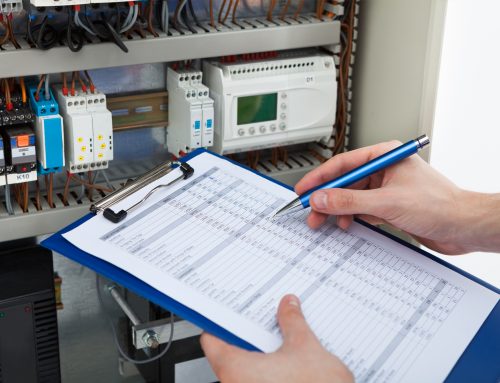As homeowners, we often overlook the safety of our electrical systems, assuming that they are functioning properly and pose no risks to our families or properties. However, outdated consumer units can be a significant fire hazard that we should not ignore.
In this article, we’ll dive deep into consumer units, explore the risks of outdated units, and provide solutions to ensure that your home is safe from electrical fires. We’ll also answer the most frequently asked questions regarding consumer units and their safety.
Understanding Consumer Units
A consumer unit is the central distribution point for electricity in your home. It receives electricity from the grid and distributes it to different circuits throughout your home. The consumer unit also contains the fuse box, which protects the electrical system from overloading and short circuits.
Types of Consumer Units
There are mainly two types of consumer units: fuse box and circuit breakers. Fuse boxes are the traditional type, which uses wires or fuses to protect the circuits. On the other hand, circuit breakers use electromechanical switches that trip when the circuit overloads or short circuits.
The Risks of Outdated Consumer Units
Outdated consumer units, especially the fuse box type, pose a significant risk of electrical fires. The wires and fuses in these units may not be able to handle the increased load of modern electrical appliances, leading to overheating and melting. This can cause a fire to ignite in the unit or in the surrounding areas.
Furthermore, outdated units may not have the necessary protection, such as RCDs (residual current devices), which protect against electric shock. Without this protection, a person can be electrocuted if they come into contact with a live wire or faulty appliance.
Replacing Outdated Consumer Units
If your home has an outdated consumer unit, it is highly recommended that you replace it with a modern, circuit breaker unit. This will ensure that your electrical system can handle modern demands and is adequately protected from overloading and short circuits.
A qualified electrician should perform the installation, and you should ensure that the unit meets the latest safety standards, such as having RCD protection.
Frequently Asked Questions
- How often should I replace my consumer unit?
- It is recommended to replace your consumer unit every 10-15 years or earlier if it shows signs of wear and tear.
- What are the signs of an outdated consumer unit?
- The signs include overheating, flickering lights, frequently tripping fuses, buzzing sounds, and a burning smell.
- How much does it cost to replace a consumer unit?
- The cost varies depending on the size of your home and the complexity of the installation. On average, it can cost between 250 and 350. There may also be additional costs. Please click here to check out prices and more information about our consumer unit replacement services.
- Can I replace my consumer unit myself?
- No, you should not attempt to replace your consumer unit yourself, as it requires technical knowledge and skills. It is a job for a qualified electrician.
- What safety standards should my new consumer unit meet?
- Your new consumer unit should meet the latest safety standards, such as having RCD protection and complying with British Standards (BS 7671).
The safety of our electrical systems should not be taken lightly, and outdated consumer units can pose significant risks to our families and properties. If you suspect that your consumer unit is outdated or have noticed any signs of wear and tear, it is crucial to have it replaced by a qualified electrician. This will ensure that your home is safe from electrical fires and shocks. Remember, prevention is always better than cure.






